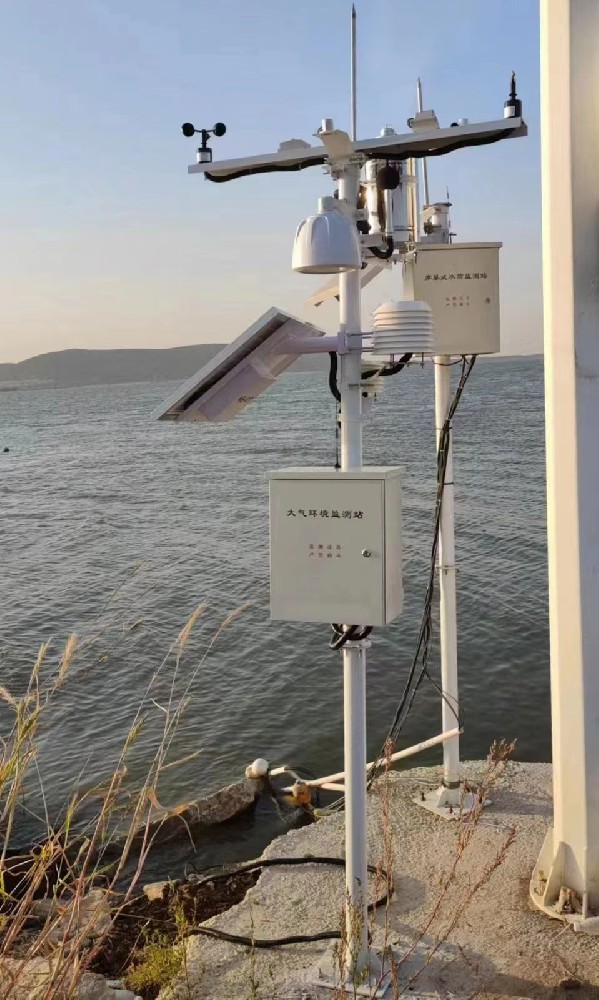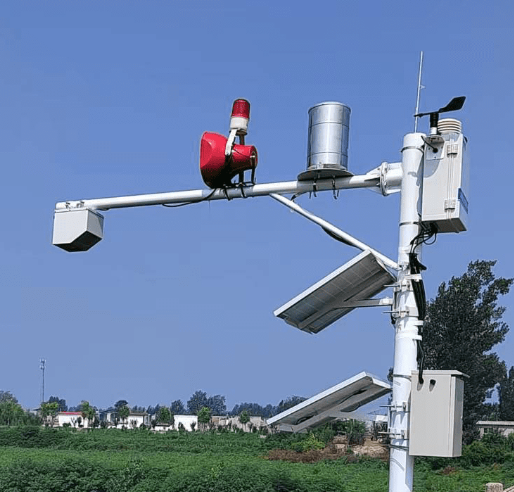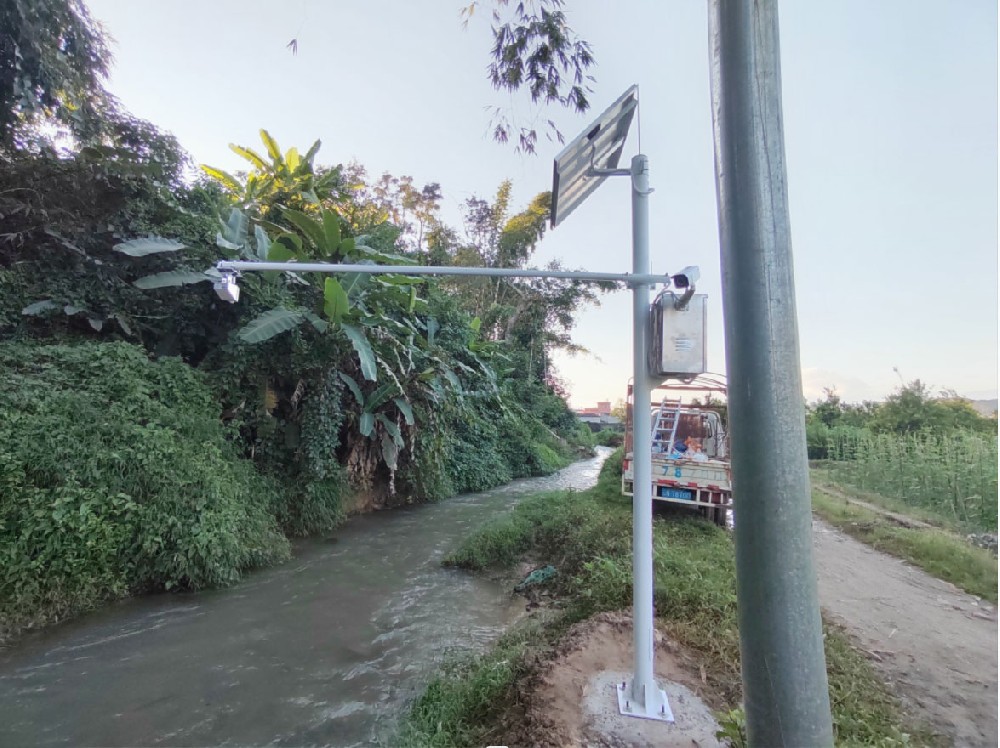

— Blogs —
—Products—
 Consumer hotline +8618073152920
Consumer hotline +8618073152920 WhatsApp:+8615367865107
Address:Room 102, District D, Houhu Industrial Park, Yuelu District, Changsha City, Hunan Province, China
Product knowledge
Time:2024-07-28 16:29:38 Popularity:1042
Hydrometeorological stations need to comprehensively observe hydrological and meteorological elements, including but not limited to precipitation, evapotranspiration, wind conditions, river water flow rate, water level and other hydrological elements, as well as air temperature, humidity, air pressure, wind direction and wind speed and other meteorological elements. These observation items can comprehensively reflect the hydrometeorological conditions and provide basic data for related research and management.
1. Equipment selection: should choose high-precision, high-stability observation equipment to ensure the accuracy of observation data. For example, the use of automatic rain gauge to measure rainfall, the use of float-type water level meter or ultrasonic water level meter to measure the water level and so on.
2. Equipment calibration: Regularly calibrate and maintain the observation equipment to ensure that the equipment is in good condition and reduce the measurement error.
1. Location selection: the selection of observation stations should be representative, reflecting the hydrometeorological characteristics of the region. For example, in hydrological observation, should choose the location of smooth water flow, no large obstacles; in meteorological observation, should choose open, no shade, avoid high buildings, trees and other impact on the observation results.
2. Environmental protection: Protect the observation environment and avoid the interference of human activities on the observation results. For example, it is prohibited to carry out excavation, construction and other activities that may affect the hydrometeorological elements near the observation site.
1. Routine observation: according to the observation needs, to develop a reasonable observation time. Generally speaking, the main observation items such as precipitation, water level, etc. need to be observed several times a day to understand the pattern of change.
2. Encrypted observation: under special weather conditions, such as heavy rainfall, floods, etc., it is necessary to encrypt the observation hours to obtain more detailed observation data, in order to provide timely and accurate information for disaster prevention and mitigation.

1. Data recording: Observation data should be recorded accurately and completely, and stored and transmitted in accordance with the prescribed format. Ensure the traceability and reliability of the data.
2. Data review: The observation data shall be strictly reviewed to ensure the accuracy and reasonableness of the data. For abnormal data, retesting or investigation of the cause should be carried out to avoid the dissemination and use of erroneous data.
1. Personnel training: Observation personnel should receive professional training, master the use of observation equipment and observation techniques, and understand the significance and requirements of observation projects.
2. Responsibility: Observation personnel should have a high degree of responsibility, conscientiously perform their duties to ensure the smooth progress of the observation work and the accuracy of the observation data.
Hydrometeorological station observation projects mainly include hydrological elements and meteorological elements of observation. The following is a detailed summary of these observations:

Hydrological elements observed
Water level: observation of the free water surface of the water body relative to the elevation of a fixed base, is an important basis for water conservancy construction, flood control and drought relief. Commonly used observation equipment are artificial water ruler and self-recording water level meter.
Flow rate and flow: flow rate measurement usually includes flow rate, water depth, wind direction wind and other content, flow rate measurement method has a buoy method, tachometer method and ultrasonic method and so on. Flow is a unit of time through a cross-section of the volume of the water body, its observation content often includes the flow rate, water depth and other elements.
Wave: Observation of the wave condition of the water body, including wave height, wavelength, wave direction and other elements.
Sediment content: the main observation and analysis of sediment content in river water and sediment coarse and fine particle grading, sampling is divided into the suspended mass, the push mass, the riverbed mass and so on.
Water temperature: measure the temperature of the water body to understand the thermal condition of the water body.
Ice condition: In cold areas, observe the ice formation and ice melting condition of the water body as well as the thickness of the ice layer, etc.
Groundwater: Observe groundwater level, water quality and other elements to understand the status of groundwater resources.
Water quality: Monitor various chemical and biological indicators in water bodies to assess the quality of water bodies.
Observation of Meteorological Elements
Precipitation: Observe the total amount of precipitation (including solid and liquid) that falls on the horizontal surface (without leakage, evaporation, loss, etc.) within a certain period of time. Commonly used observation instruments include rain gauges and rain barrels.
Evaporation: observation of water evaporation on the surface of the water body, to understand the amount of evaporation loss of the water body. Commonly used observation instruments include evaporator and evaporation dish, etc.
Temperature: Measure the temperature of the air to understand the thermal condition of the atmosphere.
Humidity: measure the humidity of the air to understand the moisture content of the atmosphere.
Barometric pressure: Observe the change of atmospheric pressure to understand the pressure condition of the atmosphere.
Wind: observe the wind direction and wind speed to understand the movement of the atmosphere.
To sum up, the observation requirements of hydrometeorological stations cover the comprehensiveness of observation items, accuracy of observation equipment, representativeness of observation location, reasonableness of observation time, standardisation of data recording and professionalism of observers. These requirements together constitute the basic framework of hydrometeorological station observation, providing reliable data support for relevant research and management.

The observation programmes of hydrometeorological stations cover two major aspects, hydrology and meteorology, and through the implementation of these observation programmes, the hydrological characteristics and meteorological conditions of water bodies can be comprehensively understood, providing an important basis for water resources management, flood and drought prevention, and ecological and environmental protection.
Related recommendations
Sensors & Weather Stations Catalog
Agriculture Sensors and Weather Stations Catalog-NiuBoL.pdf
Weather Stations Catalog-NiuBoL.pdf
Related products
 Combined air temperature and relative humidity sensor
Combined air temperature and relative humidity sensor Soil Moisture Temperature sensor for irrigation
Soil Moisture Temperature sensor for irrigation Soil pH sensor RS485 soil Testing instrument soil ph meter for agriculture
Soil pH sensor RS485 soil Testing instrument soil ph meter for agriculture Wind Speed sensor Output Modbus/RS485/Analog/0-5V/4-20mA
Wind Speed sensor Output Modbus/RS485/Analog/0-5V/4-20mA Tipping bucket rain gauge for weather monitoring auto rainfall sensor RS485/Outdoor/stainless steel
Tipping bucket rain gauge for weather monitoring auto rainfall sensor RS485/Outdoor/stainless steel Pyranometer Solar Radiation Sensor 4-20mA/RS485
Pyranometer Solar Radiation Sensor 4-20mA/RS485
Screenshot, WhatsApp to identify the QR code
WhatsApp number:+8615367865107
(Click on WhatsApp to copy and add friends)
